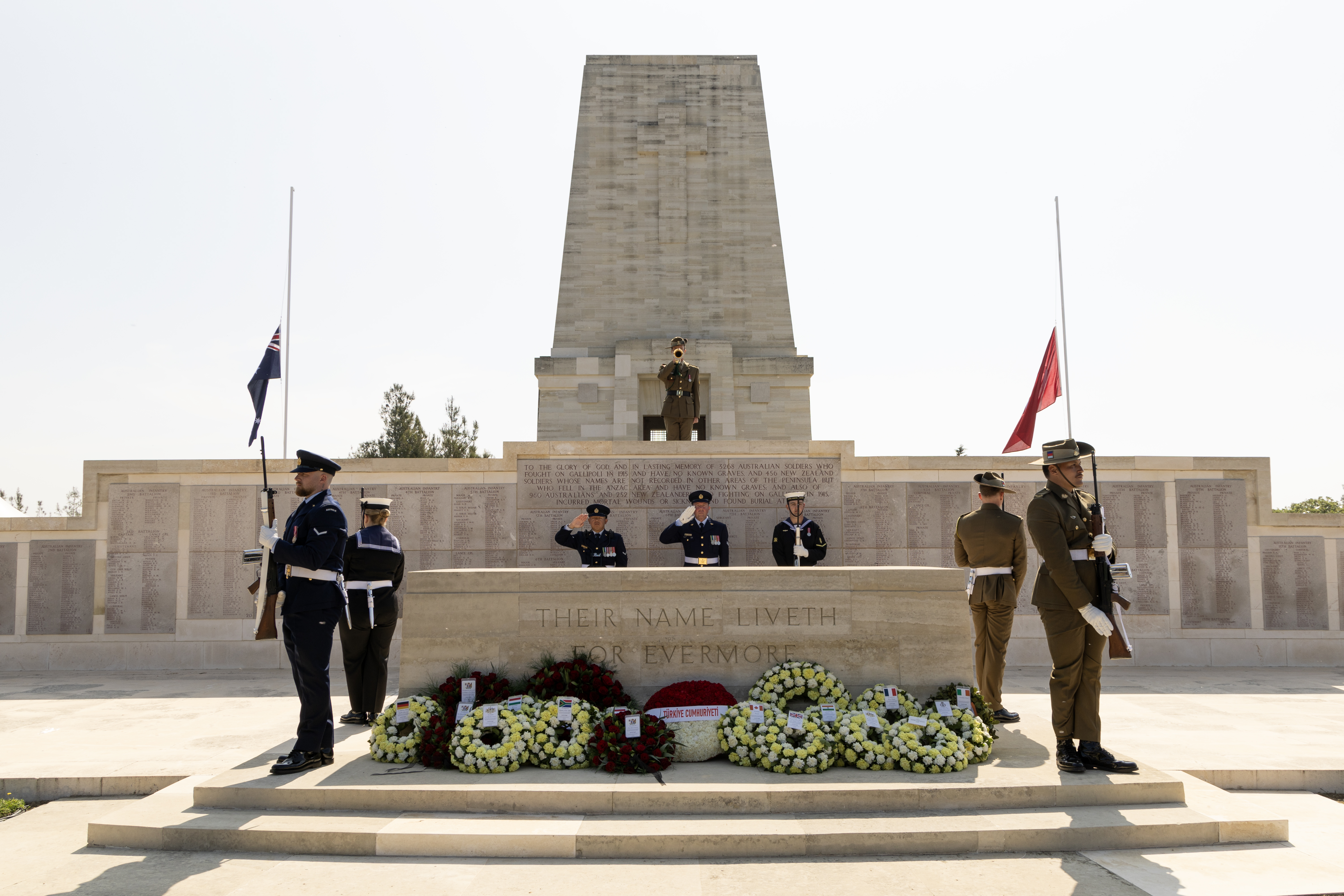Today, we remember the Battle of Lone Pine, one of the most intense and significant battles fought by Australian troops during the Gallipoli campaign of 1915. The assault was intended as a diversion to draw Turkish reserves away from the main Allied assault, opening a path toward the heights of Chunuk Bair and Hill 971.
On 6 August at 5:30pm, under cover of an artillery barrage and with the sun setting in the defenders’ eyes, Australian troops rushed from their positions to capture the heavily fortified Turkish trenches at Lone Pine. The Australians were surprised to find thick timber roofs covering much of the Turkish position. They lost precious time, forcing their way inside the trenches, or passing over them into the Turkish communication trenches that fed into the front line. Within minutes they had seized much of the front trench and pushed their way forward, towards the Turkish support line. By nightfall they held most of the Turkish position.
What followed were 3 days of relentless, close quarters fighting in narrow trenches and tunnels. Turkish forces launched repeated counterattacks to retake the lost ground. Despite heavy losses, the Australians held firm. Engineers dug covered passages across open ground so reinforcements could reach the front lines without taking fire. The cost was staggering with some 2,300 Australians and more than 6,000 Turkish killed or wounded.
Seven Australians’ actions earned them the Victoria Cross, the highest number awarded to an Australian division for a single action. Among them was Captain Alfred Shout of the 1st Infantry Battalion who was awarded the Military Crosson 27 April 1915 ‘for showing conspicuous courage and ability in organising and leading his men in a thick bushy country, under very heavy fire. He frequently had to expose himself to locate the enemy, and led a bayonet charge at a critical moment.’ (London Gazette No. 6539, 3 July 1915)
On the morning of 9 August, Alfred led a small party to recapture a recently lost trench. Under heavy fire, he threw grenades and hurled back bombs aimed at his men before successfully retaking the trench. That afternoon, Alfred and another officer attempted to retake another part of the position. The attack went well until a grenade exploded just as Alfred threw it, wounding him severely. He was evacuated to the hospital ship HMAT Neuralia but later succumbed to his injuries and was buried at sea.
James William Morris, a long-time friend who also served alongside Alfred, later wrote to Major B.F. Parker detailing Alfred’s bravery. Part of his letter was then published in the Sydney Morning Herald:
‘For the next three days they gave us no rest-organised bomb attacks at night and continual artillery fire during the day ... during one of these attacks that Captain Shout came to my section of the trench, and asked me If I could spare him some of my bombs ... He was brought back a quarter of an hour after with terrible injuries. Two of his bombs had burst suddenly, and that put an end to his career as a soldier.’
Although Lone Pine was secured, the wider August Offensive failed, with the lines settling into a stalemate until the final evacuation in December 1915.
Today, the Lone Pine Memorial in Türkiye stands over part of the battlefield, a place of reflection honouring the courage and sacrifice of all who fought there.
Lest we forget.

The sounding of the Last Post during the Lone Pine Commemorative Service on Anzac Day 2025 held at the Lone Pine Cemetery on the Gallipoli Peninsula, Türkiye.
Image courtesy of the Australian Department of Defence.